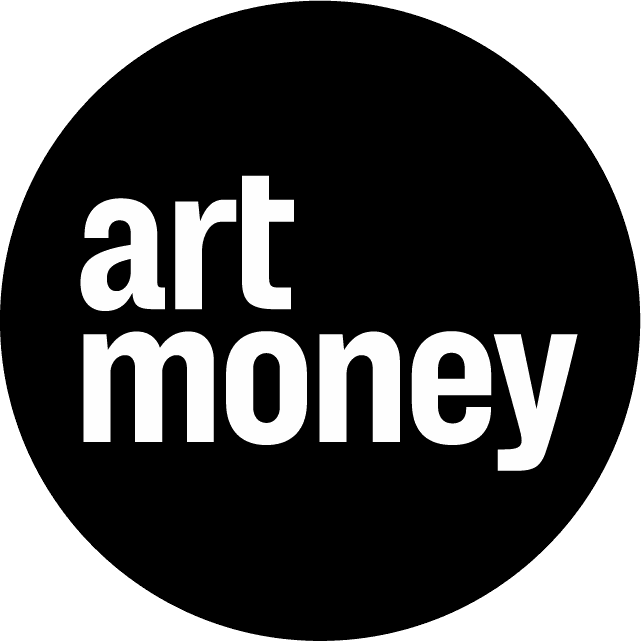Brooke Benington are delighted to present Two Volcanoes, an exhibition with sculptor Andrew Sabin across two locations. In London there will be a solo exhibition at Brooke Benington and in Chichester, Sabin will exhibit alongside his wife Laura Ford in the gallery housed within The Black Barn, the home and studio complex that Sabin and Ford have built together in West Sussex.
Andrew Sabin’s 40 year sculptural practice has been distinguished by a restless investigation into the nature of material and exploring the space it occupies. From his earliest sculptural assemblages in the 1980’s, he was challenging the accepted and expected material language of sculpture, experimenting with different combinations of materials such as flint, polythene, printed fabrics, pigmented resin and found objects. In the 1990’s, Sabin stepped away from an object based practice and began an exploration of space in earnest, creating a series of sculptural installations and interventions in institutions and galleries, beginning with his solo show at Chisenhale gallery in 1990, followed by The Sea of Sun at the Henry Moore institute in 1994 and The Open Sea at the Henry Moore Studio in Halifax in 1997. By the end of the ’90s and into the early 2000’s, he had moved out of the gallery entirely and into the public realm, creating a series of increasingly ambitious public sculpture culminating in the epic architectural land art of The Coldstones Cut in the Yorkshire Dales (winning the Marsh Award for sculpture in 2011), a monumental labyrinth of ancient limestone blocks and a contemporary street-scape which responds to the active quarry it overlooks.
Having worked at such a vast scale, Sabin brought his focus back to his studio and once again began to deconstruct and rebuild his sculptural practice, drawing on decades of experience to find ways of sculpting space. These experiments have seen him using pigmented concrete - allowing the colours to mix as he casts it, creating gestural swirls of painterly colour across the surface of his sculptures - and pigmented expanded polyurethane foam built around welded steel structures, allowing him to create large - and light - forms at relative speed. But perhaps his most radical development, and a cornerstone of his recent practice has been sculpting his moulds in margarine, as Andrew explains:
The process that I have been developing is a bit like screen printing in which a permeable membrane is blocked in parts by a substance that can be washed away. The print is made layer by layer pushing ink through the permeable parts of the screen onto the paper. Then more blockages are added or subtracted and further layers of ink are pressed through the remaining parts of the screen gradually building up the image. In my process the material that can be washed away is margarine and instead of a flat screen the blockages are 3 dimensional. I am basically building voids out of margarine and filling the voids with liquids that turn solid. I build backwards modelling in negative the surfaces of the final work. A simple way to understand it is that, in the final cast work, where there was once margarine there is empty space and where there was empty space there is now solid matter. A sieve, for example, would begin with the upturned shape of its interior in margarine, its surface would be populated by circular dots of marge (the holes) and the outer surface would then be built against the dots leaving a void around them which would then be filled with a liquid that hardens. The margarine is scraped away and sieve remains.
Working in this way Sabin doesn’t see the entirety of what he has created until it is revealed at the end of this multilayered process. The margarines he uses are industrial materials, one designed to be ultra plastic for lamination between layers of dough in the creation of puff pastry, another has the quality of vaseline but is water soluble and a third, designed for cake production, has qualities between the two. The particular characteristics of these margarines enable different surfaces to be created and structures to be built. Both the process and the form have geological echoes: systems of caves and subterranean chambers carved from rock by the action of wind or water, at once timeless and an expression of the passing of time. After ten years of developing this technique Sabin is now fluent in this new sculptural language allowing him to work freely while re-engaging in one of the fundamental questions of sculpture: how these objects share and hold space.

